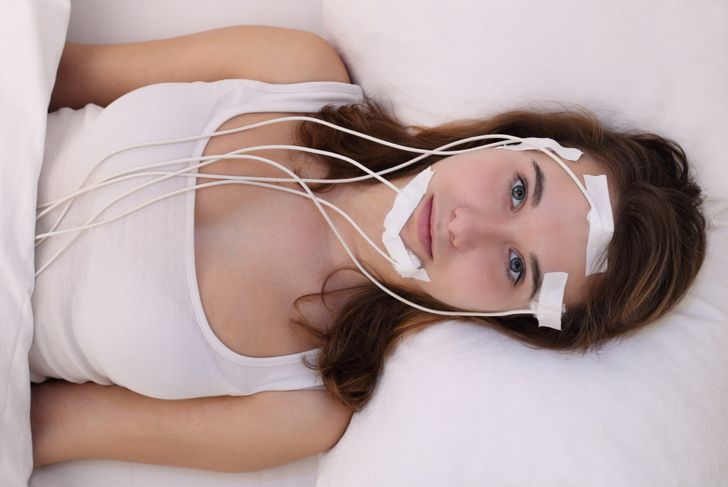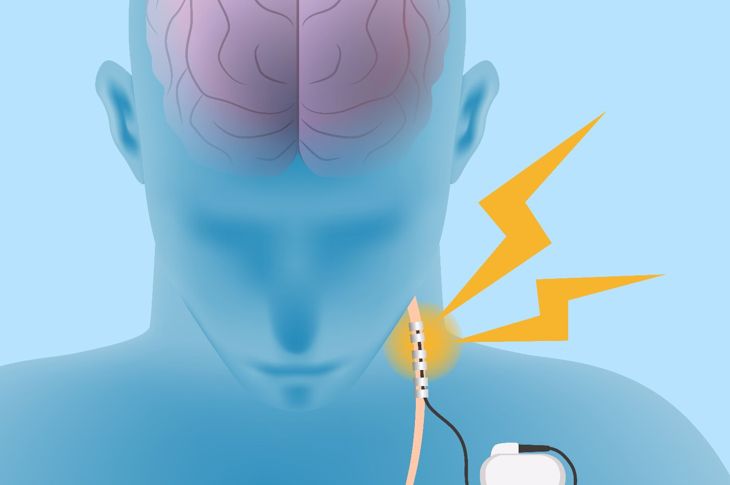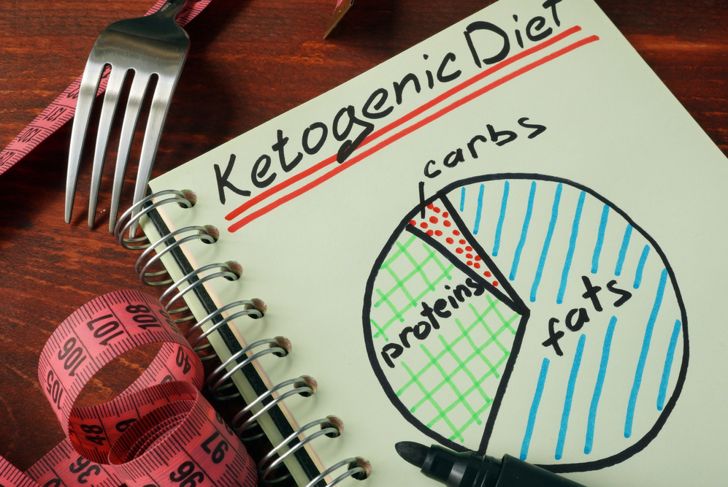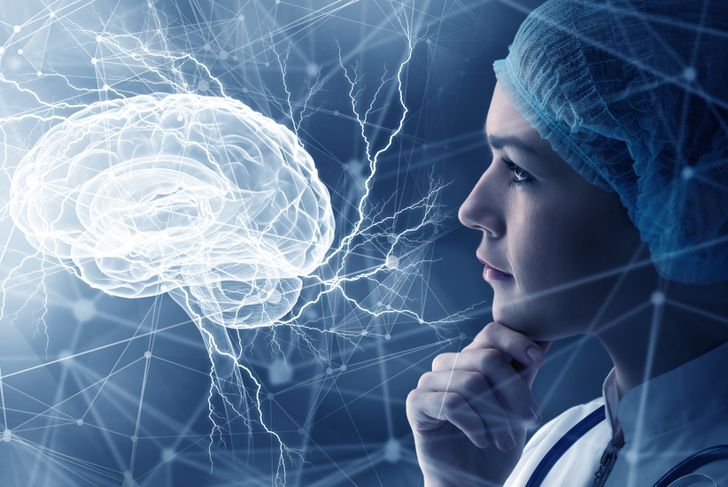Epilepsy is a fairly common neurological disorder that affects over 200,000 people in the United States alone. When a patient has epilepsy, they experience problems with the nerve cell activity in the brain, which leads to seizures, which is a sudden rush of activity to the brain that can include loss of consciousness and convulsions. These seizures can vary in intensity, and the mildest seizures may be tough to even recognize at times. Stronger seizures can last for several minutes, and the patient may also experience memory loss at the end of it. Fortunately, there are excellent treatments in place for epilepsy.
Antiepileptic Drugs
Antiepileptic drugs often referred to as anticonvulsant or anti-seizure medications, are the primary treatment for those who have epilepsy. These drugs are used to attempt to reduce some seizures that a patient might experience. In the very best of conditions, it can even stop the occurrence of seizures altogether, dependent upon the patient and their reaction to the drugs. However, for the medications to be effective at all, they must be taken as prescribed, or the patient may not experience any of the intended effects at all. These drugs can be pricey, and doctors often do not suggest that generic forms be taken.
Vagus Nerve Stimulator
The Vagus Nerve Stimulator has proven to be a very successful treatment for those people who are suffering from epilepsy. However, it does require a surgical procedure, but considering its value, it is very common. During the surgery, a device will be positioned just under the skin on the chest, and its sole purpose is to provide electronic stimulants to the nerve that runs down through the neck from the brain. This device can help to prevent seizures. As with the anti-epileptic medications, this can slow down the occurrence of seizures, or it can sometimes stop them from happening altogether.
Ketogenic Diet
Another treatment for epilepsy involves a change in diet. Of course, eating healthier is never a bad plan, but when it comes to treatments for epilepsy, one diet, in particular, has been found to improve patients’ quality of life significantly. The ketogenic diet, commonly also called the keto diet or the low-carb diet, is low in carbs and high in fats, with control over proteins. A chemical called decanoic acid is produced from this diet, due to the way the body uses ketones instead of glucose as its basic source of energy. This compound helps to control the frequency of seizures. Therefore, the ketogenic diet has been a popular, easy-to-follow treatment for epilepsy since the early 1920s.
Brain Surgery
Brain surgery may seem a bit extreme when you are looking for treatments to improve this rather common condition. However, its success ratio is enough to cause people living with epilepsy to reconsider brain surgery as a very viable option for the relief of their symptoms of epilepsy. There are a few different types of surgeries that can be used for epilepsy, but the most common by far is lobe resection. This form of surgery requires tissues in the brain that significantly influence epilepsy to be cut away. Extratemporal resection also removes brain tissue from areas around the focal point.
Tranquilizers and Relaxants
Taking sedatives or relaxants is also a very common treatment for the seizures that are associated with epilepsy. These medications are typically only used on a short-term basis, however, and they are utilized most commonly is hospital settings to stop a seizure. If a patient takes these medications for a longer period, a tolerance will eventually build up, and these drugs will lose their effectiveness, therefore not assisting with the stopping of a seizure. These medications also produce several side effects, including fatigue, depression and a loss of appetite.
Herbal Treatments
Herbal supplements are yet another popular, effective treatment for the symptoms that are associated with epilepsy. The U.S. Food and Drug Administration does not regulate herbal supplements, and there is not a lot of scientific evidence that herbs can treat epilepsy. However, many success stories have been documented, enough so that many people seek out this holistic option. Some of the herbs most commonly used to treat epilepsy include valerian, the tree of heaven, skullcap, peony, mugwort, mistletoe, lily of the valley, groundsel, hydrocotyle and burning bush. Some herbs, however, could make the symptoms of epilepsy worse. Be sure to avoid gingko, St. John’s wort, kava, chamomile, and schizandra. Of course, always consult a medical professional before taking any herbal supplement.
Vitamins
Vitamins can be taken for a variety of reasons, including for heart health, maintaining energy and even fighting insomnia. However, several vitamins have shown that they can also be used as a successful treatment for epilepsy. Keep in mind that vitamins alone cannot stave off the symptoms and side effects of epilepsy, but they can be beneficial in working together with medications commonly used for epilepsy to slow the occurrence of seizures. Vitamin B-6 can help with epilepsy that originates within the womb. Magnesium may reduce the actual risk of seizures. Vitamin E increases antioxidants, which can also lessen the frequency of seizures. However, be wary of reducing the Vitamin D in the body with some of these other vitamins, as that it can make the symptoms of epilepsy even worse.
Healthy Lifestyle Changes
One of the best treatments for epilepsy is to incorporate a series of healthy lifestyle changes into your routine. As with any condition, obesity can only add to the problems that are already associated with epilepsy. Therefore, maintaining a healthy weight can be vital if you or someone you love is suffering from epilepsy. A good workout schedule is advised, as well as healthier eating habits. Of course, the ketogenic diet is highly recommended, especially for children. If adults have a difficult time sticking with this diet, a modified version of the Atkins diet is suggested.
Controlling the Brain’s Activity
If the activity of the brain can be controlled on some level, then the occurrence of seizures may also be controlled to some degree. If a patient can “feel” a seizure coming on, then the chances are good that measures can be taken actually to stop the seizure from ever happening at all. Usually around 20 minutes before a seizure, many patients begin to experience things like blurry vision, strange smells and the appearance of strange lights. Several days out, patients may feel anxiety and depression or have headaches or be exhausted. Several techniques used to stop the seizures include meditation, sniffing a strong odor, walking or throwing one’s self into a task.
Acupuncture
Acupuncture is yet another alternative treatment that has experienced great success with epilepsy and its symptoms and associated conditions. This ancient Chinese practice is famous for treating all types of chronic pain and medical conditions by inserting small needles into the skin. In the case of treating epilepsy, acupuncture may be able to change the activity of the brain in some instances, which can reduce the frequency of seizures. However, there is no scientific testing or trials to support this treatment, but the testimonies of many are good enough for plenty of people to see this as a viable treatment for epilepsy.

 Home
Home Health
Health Diet & Nutrition
Diet & Nutrition Living Well
Living Well More
More




















